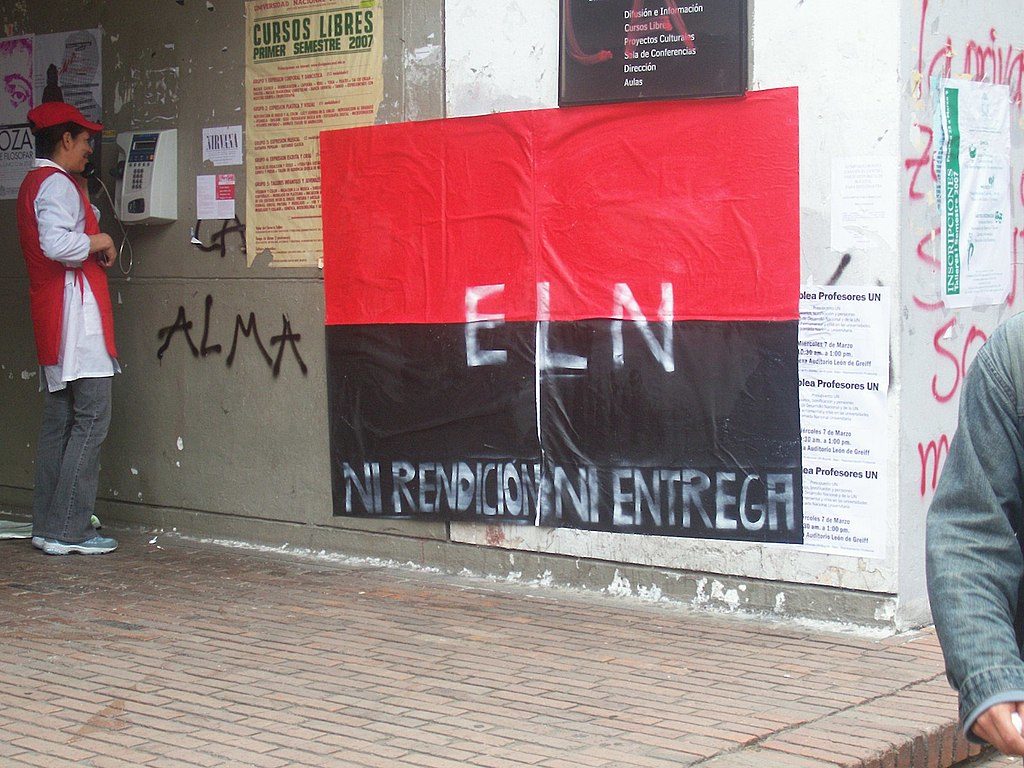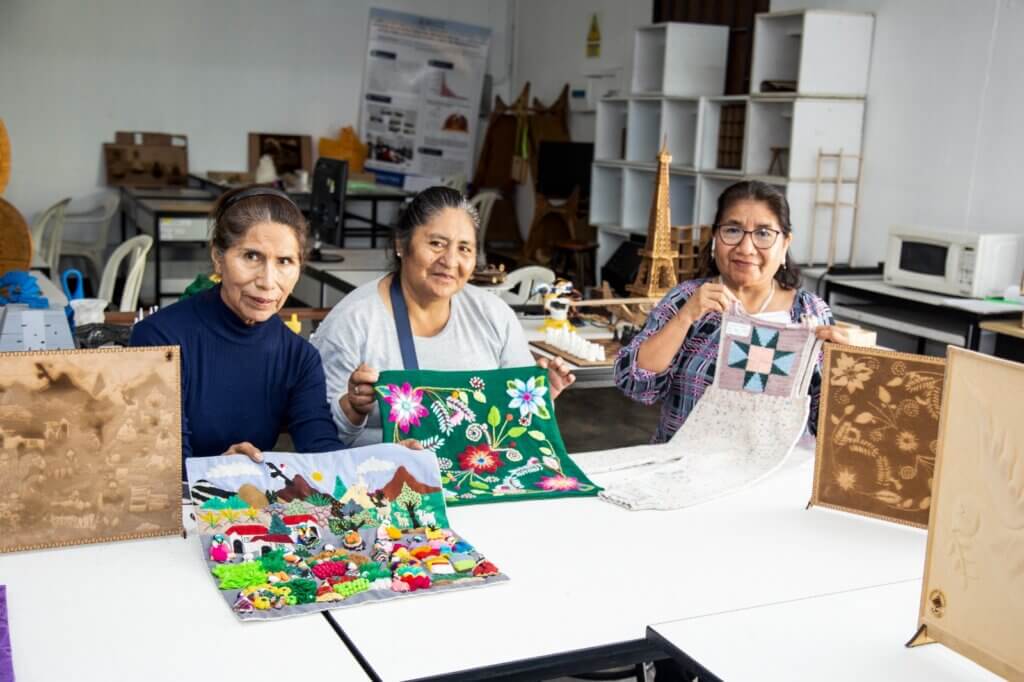Medellín, Colombia – On May 30, 2024, Stefanny Barranco’s former partner killed her in Bogotá, Colombia’s busy Santafé shopping mall, in broad daylight and in front of hundreds of witnesses.
Just a 20-minute drive south of the shopping center, in a neighborhood called Suba, Natalia Vásquez also became a victim of femicide that day in Bogotá. Vásquez had already been granted a protection order because her killer, who also was a former partner, had intimidated and harassed her for months, according to Bogotá’s Womens Secretary.
Barranco and Vásquez are two more victims on a growing list of femicides reported by the Justicia Para Todas (Justice for All) foundation, which tracks cases of femicide and attempted femicide, in addition to providing victims’ families with free legal representation following the crimes.
By the end of May, the organization had denounced 109 cases of femicide in Colombia in 2024, 69 of which had been committed by the victim’s current or former partner.
A week before Barranco and Vásquez were killed, Front Line Defenders and HRD Memorial reported that Colombia once again leads the list of most dangerous countries for human rights defenders.
The organizations, which protect human rights defenders and honor those who have been murdered, highlighted the “hyper-masculinized environment that accompanies conflict,” as a risk factor for women human rights defenders and those who advocate for gender justice.
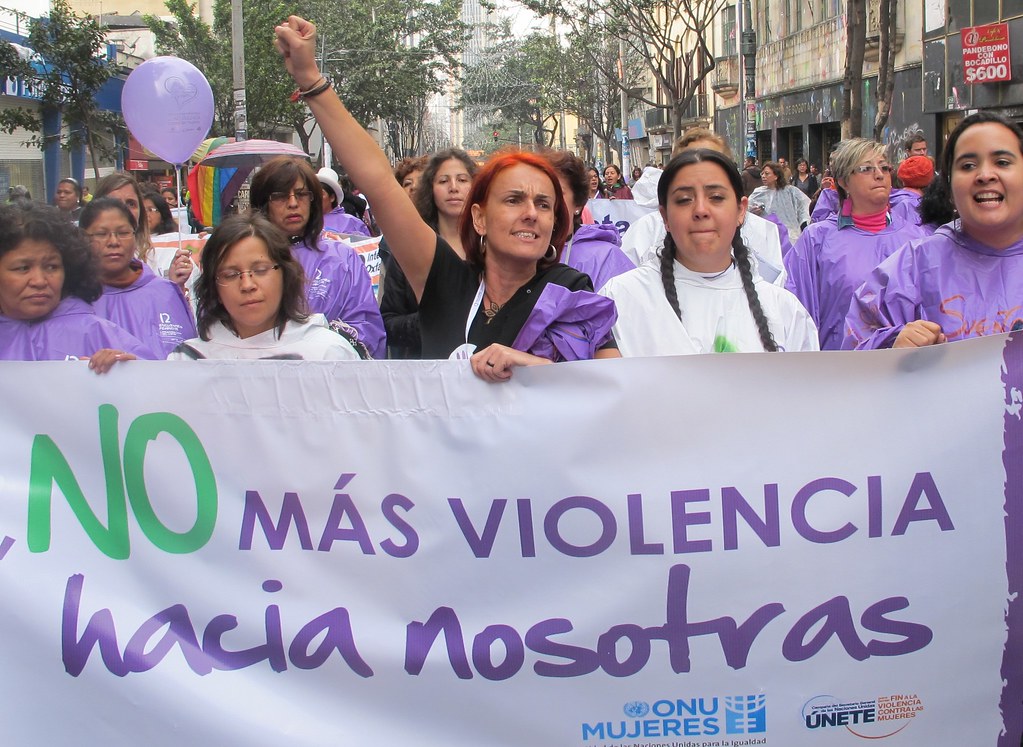
Hyper-masculinity and femicide
The connection between hyper-masculinity and femicide has been studied for some time now. According to Professor James W. Messerschmidt from the University of Southern Maine, intimate partner femicides occur when a man feels threatened because he can no longer dominate and control who he sees as his possession.
Similarly, a 2021 report by Women’s International League for Peace and Freedom (WILPF) found that militarized masculinities in Colombia “constitute violent gender identities that are based on highly unequal power relations and reinforced through gender-based violence.”
Yamile Roncancio Alfonso, lawyer and founder of Justicia Para Todas, spoke to Latin America Reports about the connection between militarized masculinities and the current femicide crisis.
“The connection [between Colombia’s militarized masculinities and femicide] is not only present in the prevalence of femicides per region, but also in the ways in which women are killed,” she said. “Femicide happens the most in the regions that were the most affected by war: Antioquia, Valle del Cauca, and Bogotá. But men who commit femicide also tend to employ the traditional violent ways of killing that various armed actors used. For example, beheading.”
Many inhabitants of big cities like Bogotá and Medellín have arrived in these cities after fleeing conflict zones or being forcibly displaced.
Colombia’s hypermasculinized conflict
Colombia has been immersed in some form or another of armed conflict since the mid-1940s, according to the country’s Center for Historical Memory. All the conflicts, however, are rooted in two issues: control over land distribution and competition for influence over the State.
This has led to the construction of militarized masculinities, as reported by WILPF. In this, Colombia has experienced a “fusion of certain practices and images of maleness with the use of weapons, the exercise of violence, and the performance of an aggressive and frequently misogynist masculinity.”
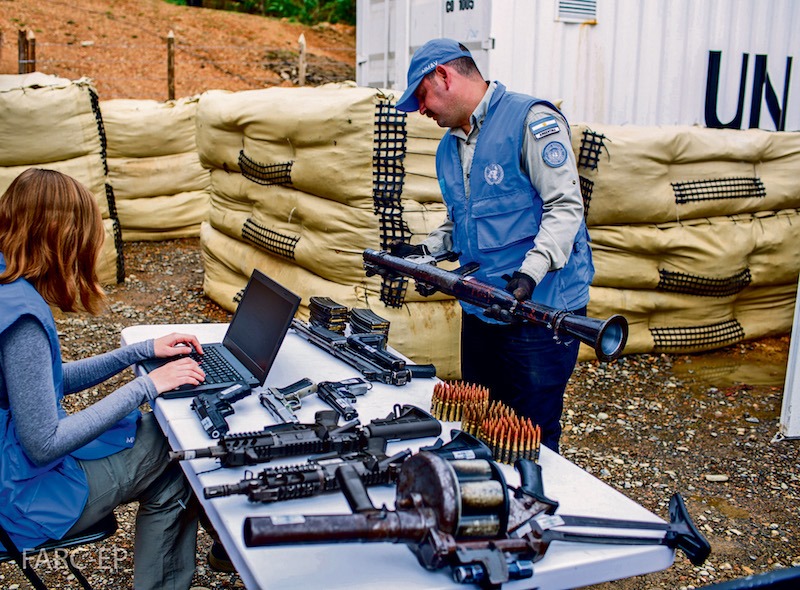
Natalia Henao Tamayo, writer and investigator at the Center of International Politics Studies and PhD candidate at the Latin American Faculty of Social Sciences, spoke to Latin America Reports about the prevalence of gender-based violence beyond armed conflict.
“The gender-based violence that many experienced during the armed conflict persists because women’s bodies continue to be used as a battlefield,” Henao Tamayo said.
The investigator also highlighted how domestic violence prevails beyond war-time, and how it exacerbates the situation for many women in Colombia.
Similarly, Signe Svallfors, PhD candidate at Stockholm University, explained that this type of militarized masculinity pervades society and amplifies patriarchal gender norms, transforming the meaning of people, things, and ideas “far beyond the battlefield.”
In Colombia, conflict has been masculinized through the designation of arms-bearing and politics to men, and caregiving to women, according to Svallfors.
This process has led to an increased acceptance of violence, the adoption of aggression as a pathological adaptation among men, the proliferation of women staying in violent relationships, and the reinforcement of traditional gender roles, according to the researcher.
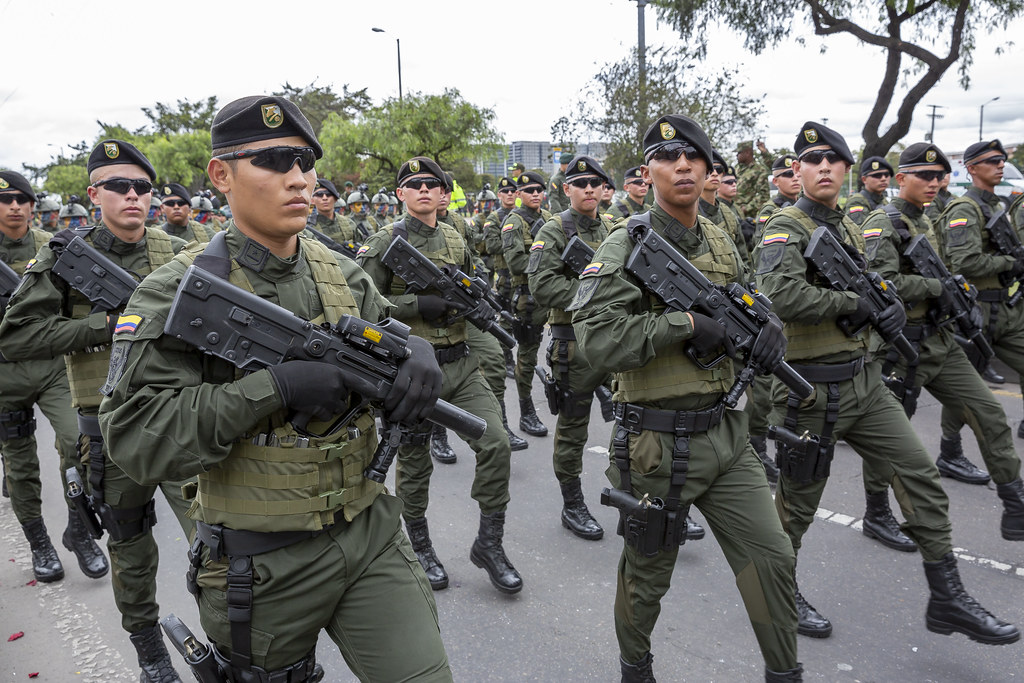
“Femicides happen in an ecosystem that is tolerant of violence against women,” said Roncancio Alfonso. “Colombia’s patriarchal society has normalized these behaviors.”
Investigators José A. Gutierrez and Emma Murphy from Santo Tomás University and the Institute for International Conflict Resolution, respectively, concluded that the violences exerted during conflict are only intensified versions of those that happen in peacetime.
Correspondingly, as signaled by WILPF, Colombia currently lives through a “pre-post conflict” phase in which men are pressured to continue adopting militarized models of manhood to engage in violence, regardless of the 2016 Peace Process that the Colombian government entered with the country’s largest rebel group, FARC.
“It is not a coincidence that the territories with the highest presence of guerrillas and paramilitaries during the armed conflict are also now the ones with the highest femicide rates,” affirmed Roncancio Alfonso.
Femicide Crisis in Colombia
The Colombian Attorney General’s Office issued an alert early this year because of the high femicide rates in the country.
The government’s reaction is related to a wider trend. The PARES foundation, which works to democratize information of public interest, denounced that in 2023, femicide rates only dropped 0.47%; there were 633 femicides in 2022 and 630 in 2023. Daily, almost two women were victims of femicide in Colombia last year.
“The people who commit femicide are all men, many of whom kill their former partners. However, they don’t do it in a fit of rage, and there is no such thing as a crime of passion,” stated Roncancio Alfonso.
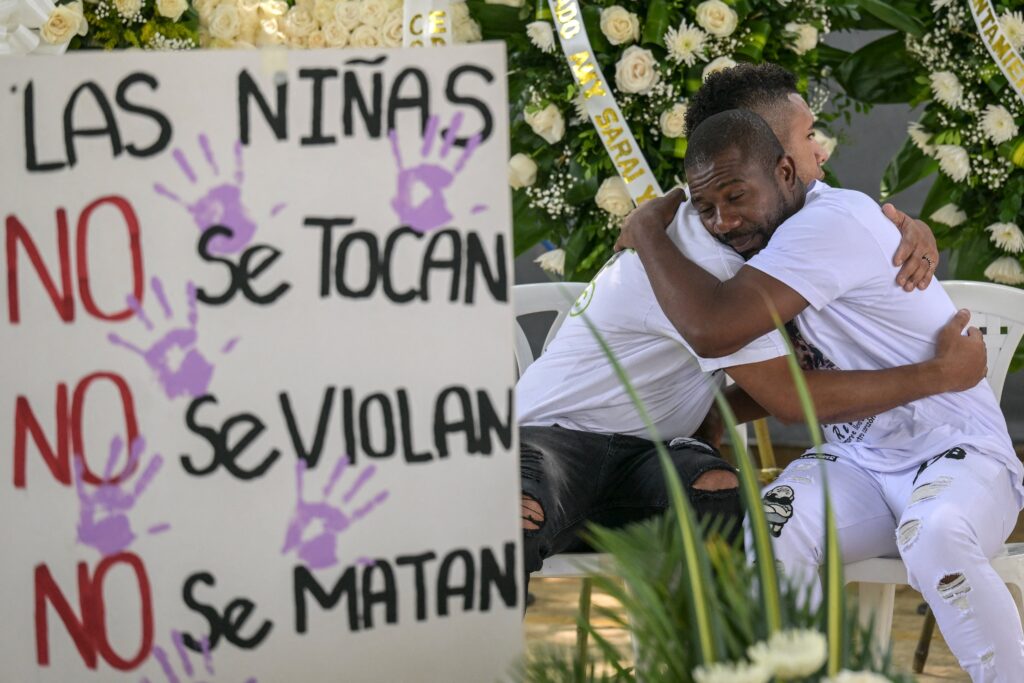
Colombia introduced femicide as a judicial term through Law 1761 of 2015 in order to “guarantee an investigation and penalty to violence against women because of gender-related motives and discrimination,” according to lawyer José Arvey Alarcón Rodríguez.
As the lawyer emphasizes, Latin America is the most dangerous region for women. Contrary to other regions with high femicide rates like Southeast Asia where femicide is practiced since birth, and Africa, where femicide has happened mostly as a consequence of ethnic warfare, Latin America leads the list globally because of high rates of domestic violence.
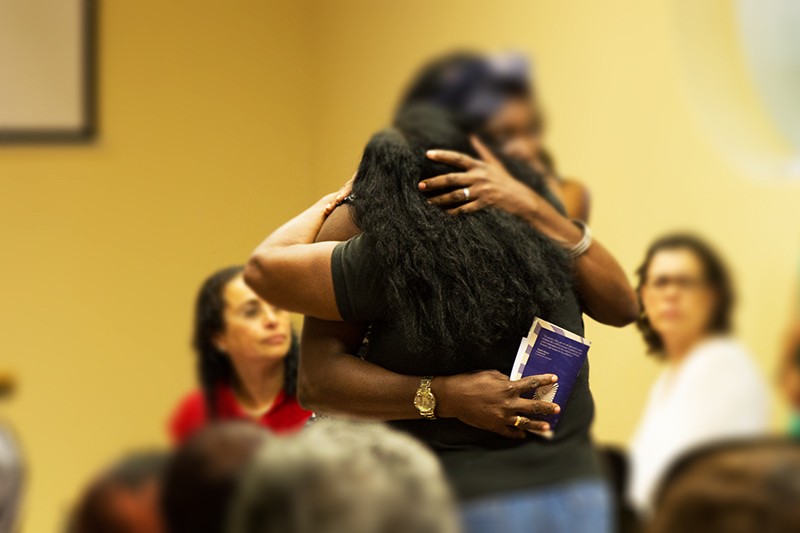
He summarized, “125 years had to pass before women’s deaths stopped being their own fault judicially, before they became an autonomous crime. Femicide will continue to exist until there is a moderation in the social language and in the mental structures that associate womanhood with being corporally owned by men.”
In her book, Dale la Vuelta al Iceberg (Flip the Iceberg), Roncancio Alfonso also highlights how it is imperative to look at femicide as the tip of an iceberg that includes various forms of underlying and cultural gender-based violence. “What women experience every day- which is oftentimes referred to as “micro”- is ignored as being intrinsic to femicide.”
Such was Stefanny Barranco’s situation. In conversation with Colombian radio station Caracol Radio, Barranco’s father explained that his daughter’s relationship with her killer was toxic. “Days before (she was murdered), he grabbed all her clothes and cut them up. The man guarded her because if she wasn’t his, she would not belong to anyone else.”
Similarly, Natalia Velasquez had been placed under a protective order because she wanted to escape an abusive relationship. Velasquez’s uncle, in conversation with national news outlet Red+, explained that while his niece was in a governmental women’s shelter, her former partner and killer “stalked her.”
Velasquez had been a victim of domestic violence during the last months of her relationship with her killer, as reported by Colombian news station RCN Noticias. She not only decided to leave him, but also denounced his crimes to authorities while trying to get sole custody of their three-year-old son.
“As a society, we have failed victims of femicide,” stated Laura Tami, Women’s Secretary in Bogotá, after Barranco’s and Velasquez’s femicides.




